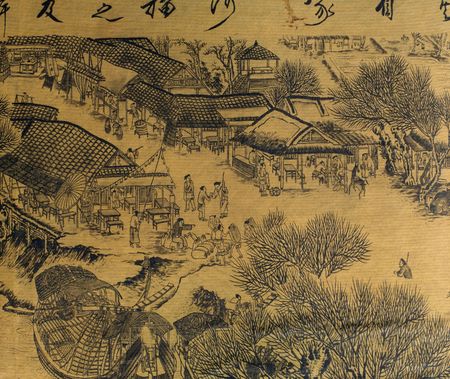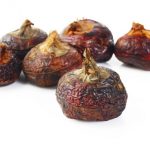
The Chinese olive (Canarium album L.), is known in its native home, China as Ganlan and Qingguo. It is a member of the Burseraceae family. It is widely grown in the tropical and subtropical regions of Southern China (He and Xia, 2007a). In 2015, the total cultivated area in Fujian province, which is the main Chinese olive growing district in China accounted for about 60% of the crop. This is roughly 10,761 ha with an annual yield of 88,601 tons olives according to the Fujian statistical yearbook.
The Chinese olive fruit is a drupe that appears yellowish-green and fusiform, resembling Olea europaea L. However, it has a relatively low oil content. The edible portion is the thick mesocarp that encloses a single hard seed with 3 kernels inside (He and Xia, 2007b). The Chinese olive fruit has overpowering sensory characteristics being both bitter and astringent at first but becoming fragrant, sour, and sweet after it is chewed. It is mostly consumed fresh but is also processed into beverages, candy, and preserves (He and Xia, 2007a; Kuo et al., 2015).
References
, . (2007a). Analysis of phenolic compounds in Chinese olive (Canarium album L.) fruit by RPHPLC-DAD-ESI-MS. Food Chem. 105(3) pp. 1307–11
, . (2007b). Nutritional composition of the kernels from Canarium album L. Food Chem. 102(3) pp. 808–11.
, , , , . (2015) Antioxidant and antiglycation properties of different solvent extracts from Chinese olive (Canarium album L.) fruit. Asian Pac. J. Trop. Med. 8(12) pp. 1013–21.



Leave a Reply